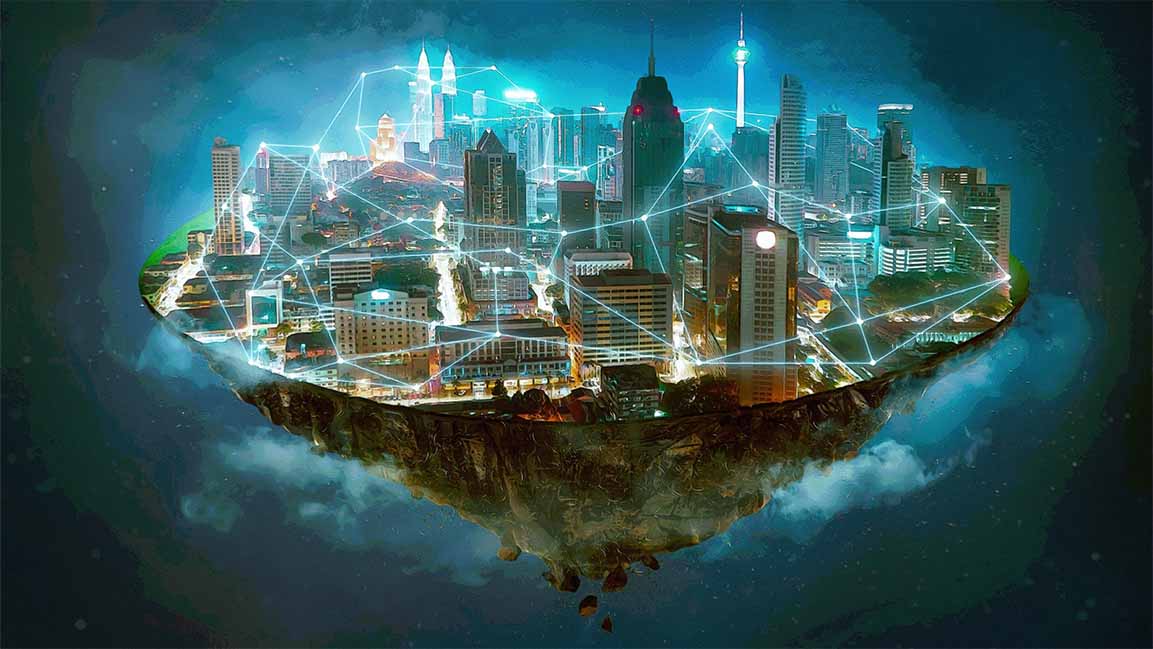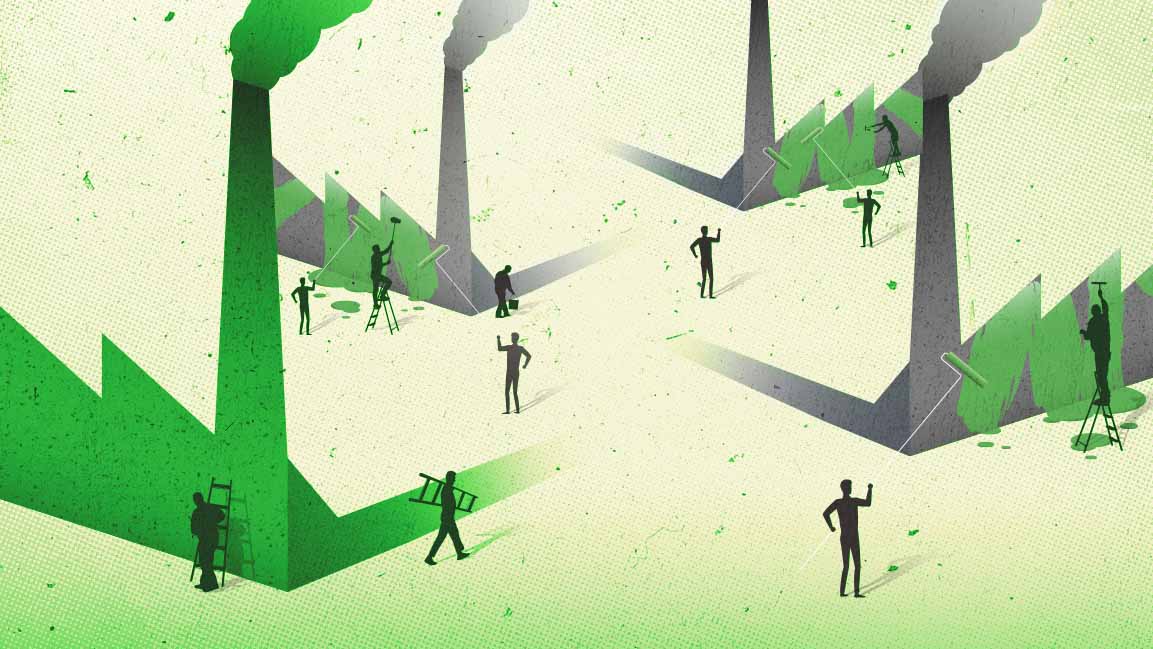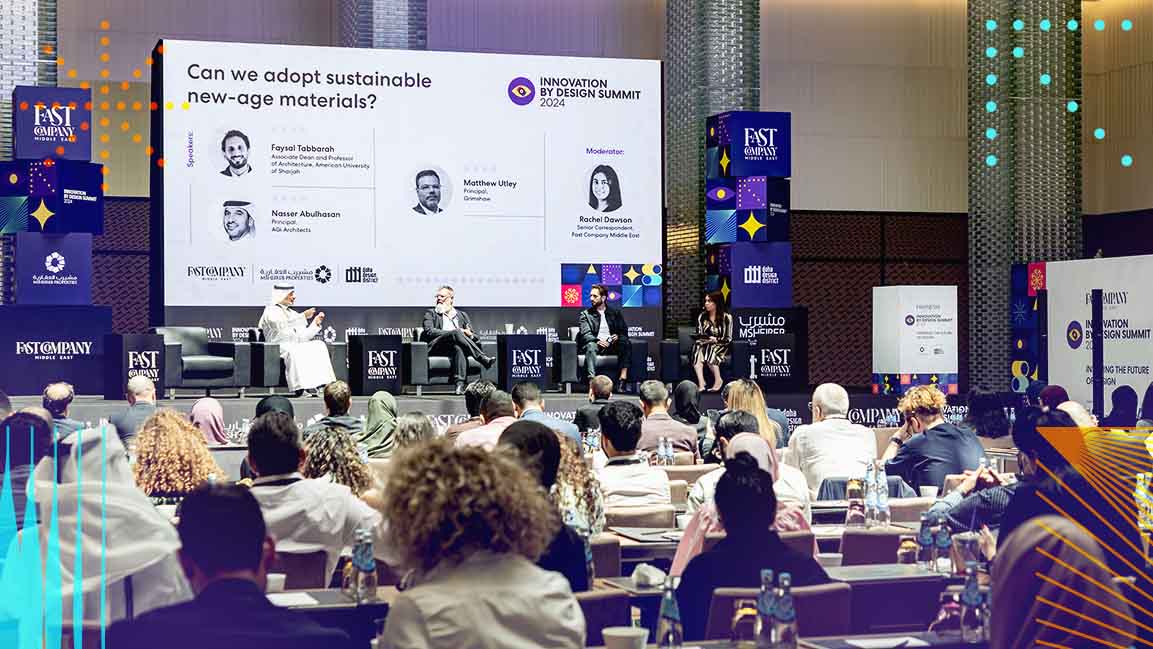- | 9:00 am
Can the Internet of Things accelerate sustainability in the Middle East?
IoT can help conserve natural resources, reduce wastage, cut down emissions, and make the region more energy efficient

The scarcity of natural resources, wastage, and emissions pose some of the biggest challenges today. These challenges become bigger in one of the world’s most water-scarce and hottest regions – the Middle East. With climate change exacerbating global warming and posing an existential threat, tech solutions are much in need.
One such solution is the Internet of Things (IoT) which holds immense potential to reduce waste, cut greenhouse gas emissions, and find applications in several domains.
From installing sensors in the air conditioner and the microwave to bathroom fixtures and cars and even the baby monitor, the technology can be used in real estate, plumbing, transportation, agriculture, medical science, and more to cut down energy loss and emissions. According to experts, IoT can help keep the temperature rise below 1.5 degrees, efficiently using energy and reducing GHG emissions.
HIGH ADOPTION OF IOT
A recent report states that the Middle East is the second largest region in the world to adopt IoT technology, and the adoption rate is expected to grow at a compound annual growth rate of 27.5%. Several public administration and major smart city initiatives, especially in the Gulf Cooperation Council, have fueled IoT adoption. Another report stated that around 34% of the organizations in the region had already adopted the new technology by 2019.
Experts say, from creating smart cities to developing futuristic real estate and reducing its carbon footprint, IoT offers the region practical solutions to lead a sustainability revolution in the Middle East.
“Leveraging IoT can help businesses achieve sustainability practices while optimizing their operations and monitoring processes more effectively, maximizing efforts for environmental protection,” says Tareq Alangari, Board member of Leejam Sports Company and YPO member.
He adds IoT enables the collection, analysis, and interpretation of vast amounts of data, allowing businesses and communities to make informed decisions. It can help automate processes and reduce the consumption of resources and energy while also reducing waste.
The UAE and Saudi Arabia have made notable strides in deploying smart city initiatives, renewable energy projects, and IoT-enabled infrastructures, says Miguel Lasprilla, CTO and Vice President Pre-Sales, Middle East and Turkey, Software AG.
URBAN PLANNING AND SMART BUILDINGS
IoT plays a crucial role in smart city applications by integrating various silos such as transportation, energy, waste management, and public safety. The tech can enable smart grid systems, smart metering, and demand response mechanisms to optimize energy distribution, reduce wastage and promote energy efficiency.
The technology focuses on renewable energy, operations efficiency, intelligent water and waste management, green spaces, sustainable urban planning, and community engagement.
Companies like BuildingIOT and Zenatix provide IoT solutions to make buildings more efficient and sustainable, while Otis Worldwide Corporation provides IoT service for elevator repair and maintenance and IOTPlus in the UAE offers a comprehensive monitoring solution allowing building owners to prevent costly damage due to plumbing and water heater leaks.
“Effective utilization can transform the industry and businesses by improving energy and operational efficiency and expediting the development and launch of sustainability-focused initiatives,” says Alangari.
SMART AGRICULTURE
IoT solutions can be used for precision agriculture, monitoring soil conditions, crop health, and irrigation systems, optimizing water usage, minimizing pesticide and fertilizer applications, and increasing agricultural productivity, says Lasprilla.
In an experiment to test the success of IoT in agriculture, Silal Farms installed IoT sensors on 100 farms in Abu Dhabi last year. The IoT sensors recorded the key parameters affecting crop growth in greenhouses and nurseries to help farmers optimize resource use and increase productivity.
“IoT is transforming agriculture in water-scarce regions and offering unprecedented opportunities for sustainable and efficient farming practices. The region, known for its water scarcity, can greatly benefit from IoT technology to ensure agricultural productivity while conserving precious water resources,” says Lasprilla.
Crop health monitoring using IoT sensors and satellite imaging technologies allows farmers to detect diseases and nutrient deficiencies early on, says Lasprilla. “By taking targeted measures to address crop health issues, farmers can reduce the need for excessive pesticide or fertilizer application, improving crop productivity and reducing environmental impact.”
Apart from these, using automated vehicles and robotic devices driven by IoT further cuts labor requirements and costs enhancing farming efficiency.
CHALLENGES IN IMPLEMENTING
While some countries in the region have seen significant progress in IoT deployment, others are in the early stages of adoption. Factors like infrastructure readiness, regulatory frameworks, and funding availability play a big role in the pace of IoT deployment, says Lasprilla. Other challenges, such as data privacy and security, interoperability standards, and skill development, also hinder the deployment of the technology in the region.
“In the MENA region, challenges to IoT implementation include limited access to reliable connectivity and a lack of awareness and technical expertise amongst farmers hindering widespread adoption. Additionally, cost considerations and solution implementations pose additional challenges,” he adds.
Alangari adds that even though this technology provides a better return on investment or lower total cost of ownership, businesses are still used to conventional solutions rather than IoT ones.
Collaborations between technology providers, telecommunication companies, and governments’ focus on expanding reliable connectivity infrastructure can go a long way in accelerating the adoption of IoT-based technologies in the region.
In agriculture, investing in training and education programs can empower farmers with the necessary skills to effectively adopt and utilize IoT in farms in the MENA region by highlighting the benefits to accelerate adoption, says Lasprilla.
“Financial support from governments and agricultural organizations in the forms of financial incentives, subsidies, or grants, can encourage farmers to adopt IoT solutions and overcome the initial entry barrier in implementing the necessary infrastructure.”
By creating favorable policies and providing incentives, there will be a drive to increase the deployment of IoT solutions for sustainability in the region.
Governments, businesses, and stakeholders need to collaborate and address these challenges. “Many government and corporate entities are changing their business processes and approach. The fact remains that much more needs to be done in all these areas to fulfill the global and national commitments to sustainability,” says Alangari.








































